Top 6 Best Business Process Automation Software

Business process automation software has really caught up with the world. Almost all businesses are adopting it or talking about it. So let us look at what it is and everything about BPA.
Did you know that sinking of the Titanic was caused due to the misjudgment of the distance between the ship’s hull and the iceberg?
Now, you may wonder why we are talking about a ship when the topic is clearly about Business Process Automation Software. There is a reason.
We want to convey the message that most of the accidents or issues that happen in this world are due to human errors and manual processes. Your business landscape is no different, as most of the processes run manually here.
When processes run manually, it can result in massive delays, a lack of transparency, and inefficiency. This can cost businesses heavily every year. Some errors can even result in the complete closure of the business.
But there is a way out, and it is called business process automation. Now, what is the best way to describe automation in business processes?
Let’s find out in this post, along with answers to several other questions like what automates business processes or what is process automation?
What is a Business Process Automation Software?
A BPA software is the one that helps to automate manual business processes and helps businesses function more seamlessly. The software is designed in such a way that it helps to achieve routine processes repeatedly without manual intervention. It does this by following a set of rules or programs.
Put simply, thanks to BPA software; the entire business process can be standardized and digitalized. It typically automates tasks that are repetitive and labor-intensive. For example, requirements analysis is a repetitive process.
The goal of BPA software is multifold –
- To increase transparency and visibility
- To improve efficiency
- To optimize cost
- To eliminate and reduce errors.
And these are just the tip of the iceberg. There are plenty of other benefits that you can enjoy by adding BPA software to your organization.
Some of the business processes that are usually automated include –
- Data collection, analysis, and migration
- Processing transactions
- Data editing and uploading
- Exciting actions in other software and digital systems
When businesses adopt a BPA software that is infused with next-gen technologies such as Artificial Intelligence (AI), Machine Learning (ML), Robotic Process Automation (RPA), and Natural Language Processing (NLP), the amalgamation can automate even the most complex tasks which historically involved human intervention such as:
- Identifying and interpreting characters and images
- Reading, understanding, and creating text and documents
- Using data to make complex, informed decisions
- Having conversations with customers
Types of Business Process Automation
Now that you know what business process automation software is and how it can benefit your business let’s explore the different types of business process automation. First of all, you need to understand that every business requires a different set of automation that fits their business goals.
There are basically four types of business process automation that differ based on their complexity levels. Here are they –
- Basic automation: It is the simplest form of automation and addresses the easiest jobs. It places all the related data in one place so that anyone who has access to this data can get it when they need it.
- Process automation: In this case, advanced business process automation is carried out. It involves managing different tasks, processes, and projects so that everything is in order and meets the deadlines.
- Integration automation: Here, BPA replicates the tasks that are usually executed by human employees. Humans are initially involved in the process by setting rules for automation.
- Artificial intelligence automation: It is the most complex of all because it thinks and mimics humans. It facilitates the automation software to make human-like decisions.
These are the basic types of business process automation you’ll get to see.
The next logical question is what is the first step to approaching automation, or what is the first step in developing an automation strategy.
The answer to this million-dollar question is understanding the different business processes that can be automated. Let’s find that out in the next section.
What Business Processes Should You Automate Using BPA Software?
Before embracing a Business Process Automation software, you must know which processes should be automated by it in the first place. Here are the typical characteristics of a business process that can be automated –
- Has to be error-free: The process needs to be accurate
- Has to be consistent: The process requires consistency, i.e., same results every time, across every team.
- Has to be rule-based: The process requires a specific set of rules to complete a task.
- Has to be high-volume: The process happens in high volume; that is, it is carried out multiple times a day.
- Has to be time-sensitive: The process has a deadline.
- Is done by multiple people: The process requires multiple people to get the work done.
Once you identify the set of processes based on these characteristics, you can move forward and subscribe to business process automation software. In the next section, we’ll explain the 5 different steps of business process automation and also understand why is process automation considered a set of 5 processes.
How to implement Business Process Automation Software in your Organization?
Prerequisite
Even before your business takes the first step towards implementing a business process automation software, you should perform a self-evaluation and answer the following questions:
- Is my business ready to work smarter?
- Are the employees on board with the new system?
- Once implemented, will it achieve our business goals?
A positive response to all the above questions will decide if your business is ready for automation.
If you are ready, then let us understand how to automate business processes using the software. For this, you need to consider a set of 5 processes defined by 5 simple steps
Step 1: Identify the process that needs to be automated using the BPA software
We have already answered how to identify the processes that need to be automated. So by now, you should be able to identify those processes. Another simple way to identify those processes is by creating a process map.
The process map is basically a visual and graphical representation of how your business functions. It helps businesses to understand what kind of tasks are performed, where they are performed, and what their outcomes are. By taking a look at the process map, you can clearly understand where you need to implement the business process automation software.
Step 2: Define your Business Goals
Once you’ve identified the processes that need to be automated from your process map, the next step is to define your business goals. Defining the business goals gets easier once you set the currently manual workflow as the benchmark.
For example, you can plan on reducing cycle time or optimizing resources for productive tasks. Once you’ve defined your business goals, you need to learn how to achieve them by automation. Apart from this, you must also identify different metrics that will show how successful your business process automation software implementation is.
Step 3: Selecting the Right BPA Software
This answer your question on what automates a business process. For this, you need to pick the right business process automation software for your business. To do that, you need to ask yourself a few questions:
- Why do you need this specific BPA software?
- Who will be using the software?
- What features will be there?
- Can I integrate it with the existing system?
- How important is data security?
Once you have answered these questions, you need to shortlist a set of tools. To pick one amongst them, you need to answer another set of questions –
- Is it scalable?
- Is it simple and user-friendly?
- Does it offer flexibility?
- Are there any additional expenses?
Pick the tool that is scalable, user-friendly, offers flexibility, and there is no additional expense.
Step 4: BPA Software Training
The next step is to train your employees to use this new business process automation software. Remember – It is essential to involve the employees as early as possible to avoid any conflicts later.
They can even be made a part of the tool selection step. When the employees are involved, it will make them accountable for the success of business process automation as well as bring in new ideas. Training your employees every day to use the automated software can ensure an easy transition from the existing manual process.
Step 5: Monitor & Measure
After you’re done with the above four steps, you will be successfully running your business process automation software. The software users will be providing you with feedback. It is crucial to fix all the issues.
Once fixed, you’re now ready to measure the performance and improve the workflow. Monitoring your automated workflow on a regular basis will allow you to become familiar with the software and identify all the bottlenecks in it.
This can help improve the automation process. Regular assessment of the workflow will also enable your team to be more efficient and achieve your business goals effortlessly.
And that’s how you perform a step-by-step automation of a business process.
Business Process Automation Examples (Usecases)
1. Onboarding
If you have to engage new hires from day 1, it is important to have a strong onboarding process. It helps them achieve a smooth transition and be productive much sooner.
A business process automation software eliminates all the unwanted forms that employees have to fill on the first day. Apart from collecting personal information, the software also automates other onboarding activities like setting payroll and benefits and assigning office assets.
2. Leave Management
Employees submit leave requests due to an illness or personal emergency. However, if you are a large organization, then handling multiple requests can be quite daunting, especially if it involves managing approvals, compensations, leave balance, etc.
By using business process automation software, the entire process is brought into the digital arena. It will be extremely simple for employees to submit leave requests and even easier for you to manage them.
3. Invoices
Many partners send invoices via attachments over email. Now it gets very confusing to handle hundreds of invoices as they have to be cleared, usually within a particular timeline. By using business process automation software, you can automate the entire invoice management, including its routing and approval.
4. Purchase orders
Every organization has to procure the goods and services they need to operate. However, this process is made laborious thanks to a myriad of complex physical purchase order forms that the employees have to fill out.
By using business process automation software, this process is completely digitized, and employees need not spend hours filling out the same purchase orders again and again. The best part is that the information can even be pulled from the database for total automation.
Top Business Process Automation Tools
1. SweetProcess
SweetProcess is ideal for small and medium-sized businesses. The software automates a lot of internal business processes, thereby bringing scalability and rapid growth. SweetProcess is user-friendly, well-structured, and comes with a visually pleasing interface.
SweetProcess Pricing: It comes with a 14-day free trial. After the trial period, a monthly charge of $99 is applicable for a team of up to 20 active members.
2. Smartsheet
Smartsheet is ideal for those businesses that require a dynamic workspace to manage projects, automate workflows and promote workload visibility. This software can be customized to a great extent and tailored to business needs. Smartsheet is known for its easy data collection and performance reporting features.
Smartsheet Pricing: It comes with a 30-day free trial. After the trial period, there is a monthly charge of $7 per user.
3. Kissflow
The software is quite efficient to manage and track the complete workflows of your business. It helps with automating various repetitive processes, thus saving you operational costs.
Kissflow Pricing: It comes with a 14-day free trial. After the trial period, the basic plan is priced at $10 per month per user.
4. Laserfiche
Laserfiche is perfect for those businesses that run mission-critical processes. It can be easily configured to measure business process success. The software gauges the workloads of the employees and helps in increasing efficiency and accuracy. However, this software has a steep learning curve.
Laserfiche Pricing: The starter pack is priced at $50 per user per month.
5. Comindware Tracker
The software streamlines most of the business processes and helps with higher visibility, productivity, and efficiency. The software is so simple to use that it allows easy replacement of Excel and other similar third-party applications.
Comindware Tracker Pricing: It comes with a 30-day free trial. The standard plan starts at $24.99 per user per month.
6. ConnectWise Manage
ConnectWise Manage is probably the most powerful tool out there for business process automation. It proactively monitors, manages, and supports complete process automation and helps your business achieve its KPIs efficiently. It also drives accountability and improves the overall productivity of your team.
ConnectWise Manage Pricing: It comes with a 14-day free trial. The basic plan starts are $29 per month.

Maximize Your Online Business Potential for just ₹79/month on Lio. Annual plans start at just ₹799.
How Lio Automation Can Help You Business Process
Automation surely does make a difference in running a business whether small or large. It can be tricky and overwhelming at first to switch all the business processes to automation but not with Lio.
Lio Automation gives you many amazing features that make your work super simple and effective. There are very many features that will help you and your business in various aspects. From connecting and staying in touch with your customers, to working together as a team, and everything in between, Lio Automation will truly make your business run smoothly and make it reach new heights of success.
If you are using Lio Automation for your business processes consider all your data safe and secure all the time. Not only is the data saved in the cloud, but it also offers a data versioning feature in which you can actually see the many changes the document or file has gone through and who has made those changes. You can save the version of the file as required by you.
Another great feature that Lio Automation offers is colour formatting the sheet. Colour formatting can help bring information and more clarity to the audience. Applying colours to different parts of any data will let you narrate a more effective story that easily catches one’s attention as well.
You can create dashboards for each file which would give you the clear details of your company’s operations, marketing campaigns, sales and other analytics. This is one useful feature that would truly make a difference to your business and help your see all the processes clearly so that you can make well-informed decisions.
You can share invoices and receipts with your customers while also sharing the payment links with them to make the whole transaction process smoother and absolutely hassle-free for everyone.
There are several other amazing Lio automation features that are made so that you and your business can benefit from them. Excited to know more about it? Switch to the Lio automation process for your brand and start your journey to success.
Conclusion
As you have seen in this post, implementing business process automation in your enterprise comes with an array of benefits such as higher efficiency, reduced errors, better transparency, and cost-effectiveness.
As a result, every business across every industry is increasingly adopting business process automation to march ahead of their competition. Thanks to advancements in technology, the day is not very far when most of the business processes will be completely automated, resulting in a much better environment for business owners and employees to thrive.
Frequently Asked Questions (FAQs)
Are there any negatives to Business Process Automation?
Technically no. There are no downsides to implementing Business Process Automation in your organization. However, you need to be aware of certain things before implementing it-
– Do not automate tasks that shouldn’t be automated. For instance, automating ‘marketing messages’ that require empathy.
– Do not overuse automation. For instance, do not over-automate customer service interaction. At some point in the conversation, you need the human touch to make the customers satisfied.
– Do not think that Business Process Automation can completely replace human employees. It is just a tool to assist the employee in working more efficiently.
What are the primary areas where you can deploy business process automation?
Some of the areas where business process automation works really well include sales, procurement, finance, HR and onboarding, product development, inventory tracking, logistics and delivery, education and training, and IT.
Is there any relation between BPA and RPA?
Robotic process automation (RPA) focuses on specific repetitive tasks and is trained to mimic the repetitive steps that a human takes. BPA, on the other hand, focuses a lot on handling more complex tasks.
In simple words, RPA automates specific tasks while BPA takes an entire business process and automates it from start to end.
What features should I look for while selecting a BPA tool?
Here are some of the important features that should be a part of your BPA tool –
– Analytics and Dashboard
– Business process modeling
– Point and click operation
– Integrations with popular tools
– Apart from these, there can be specific department-specific requirements that should be solved by the BPA tool.
What are the best examples of BPA in action?
Here are some of the popular examples of BPA in action –
– Automating social media posting, scheduling blogs, or broadcasting emails automatically with the help of Marketing Business Process Automation.
– Automating employee onboarding and offboarding using Human Resources Business Process Automation.
– Automating customer communication and answering questions related to technical and sales support using Chatbots.

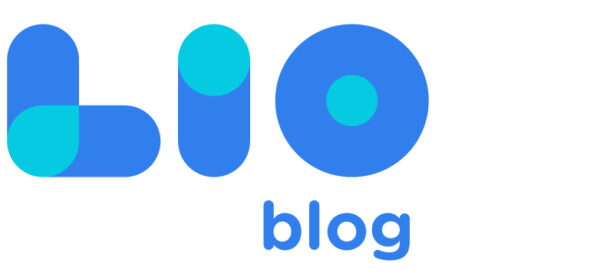
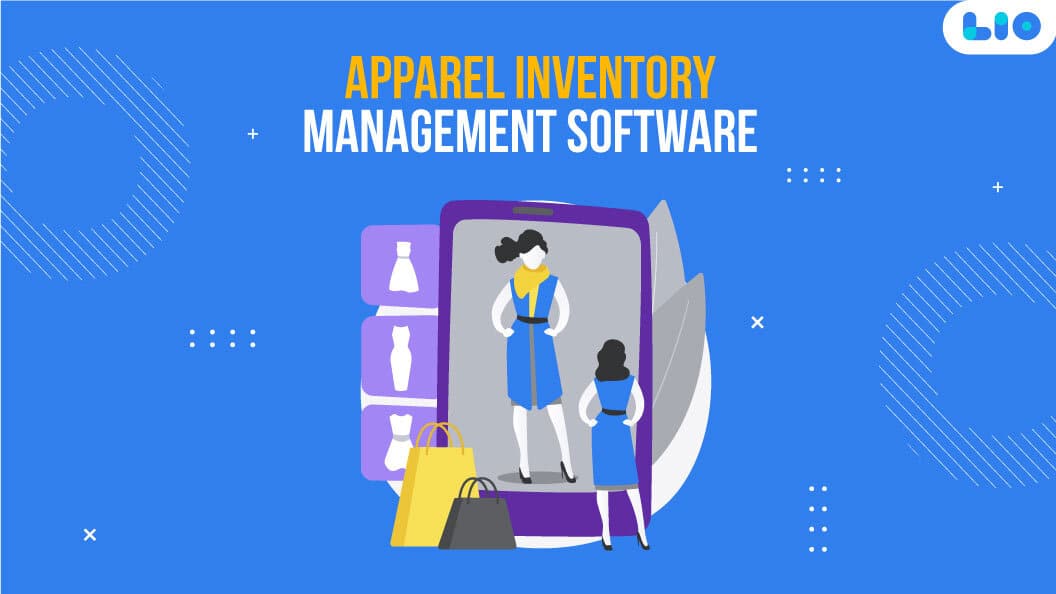


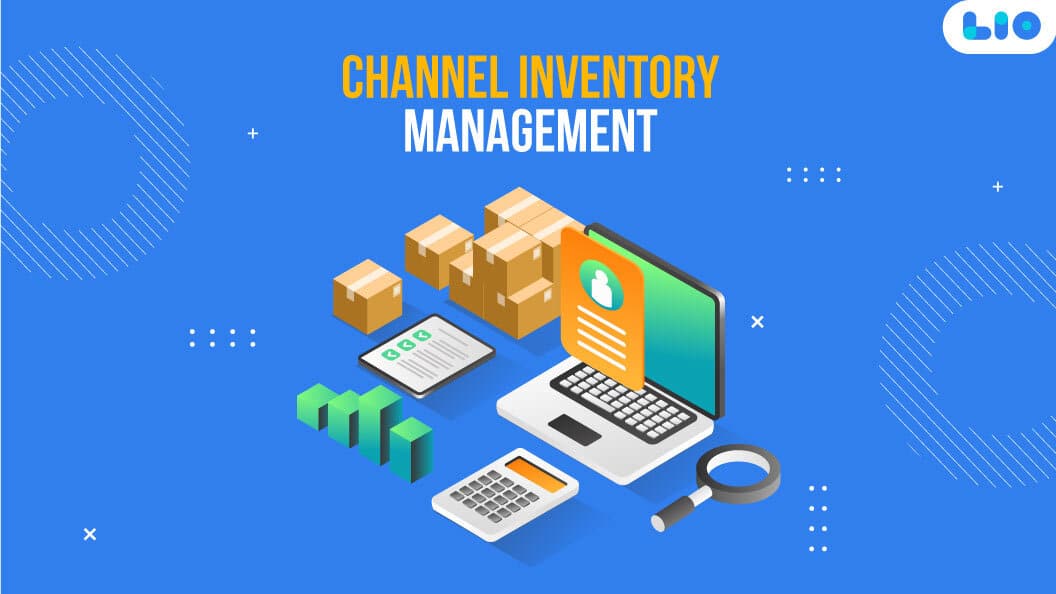




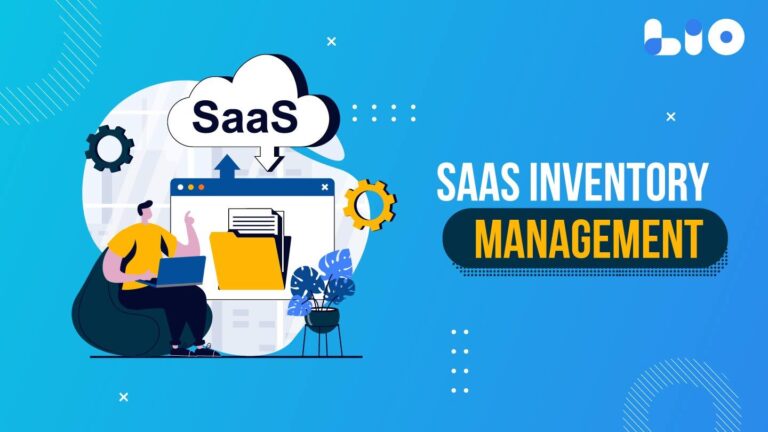
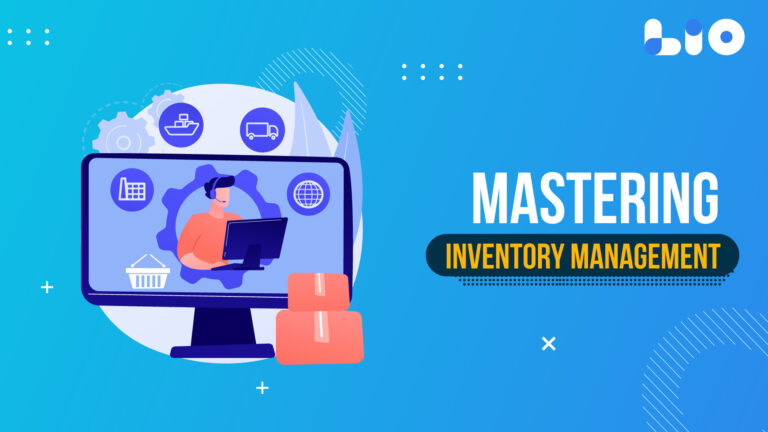
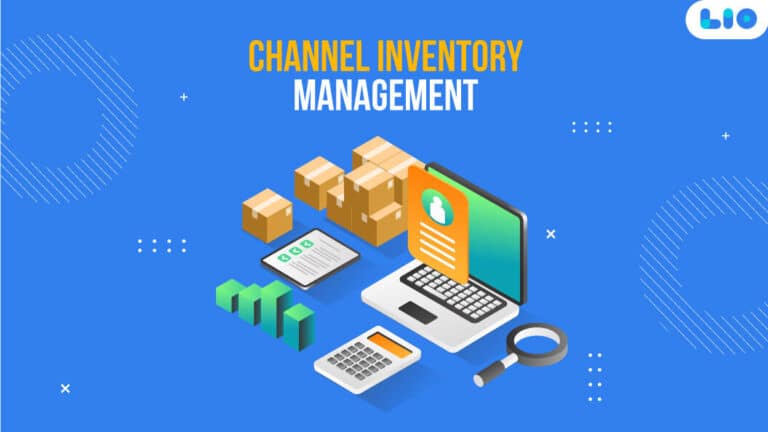


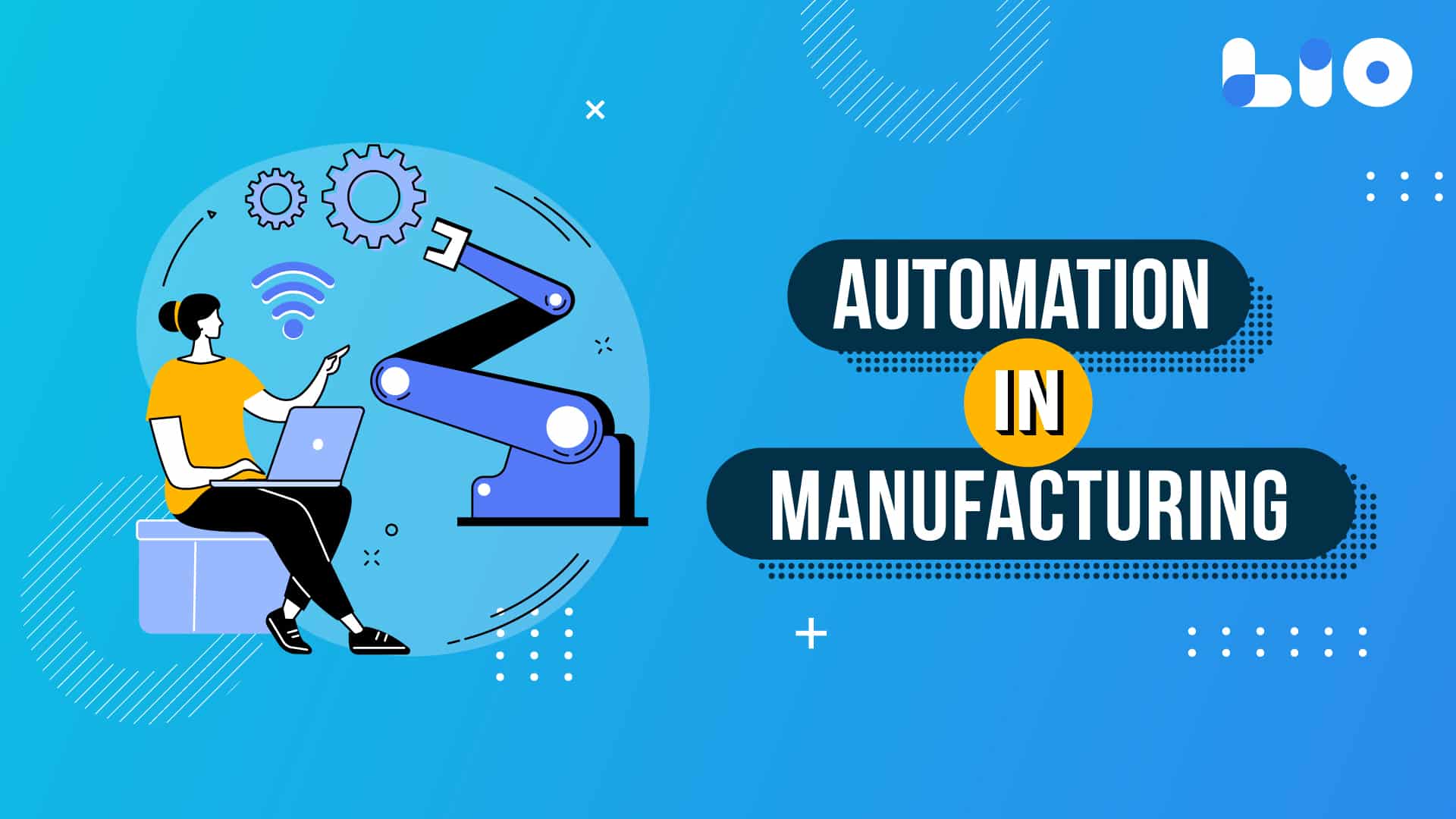
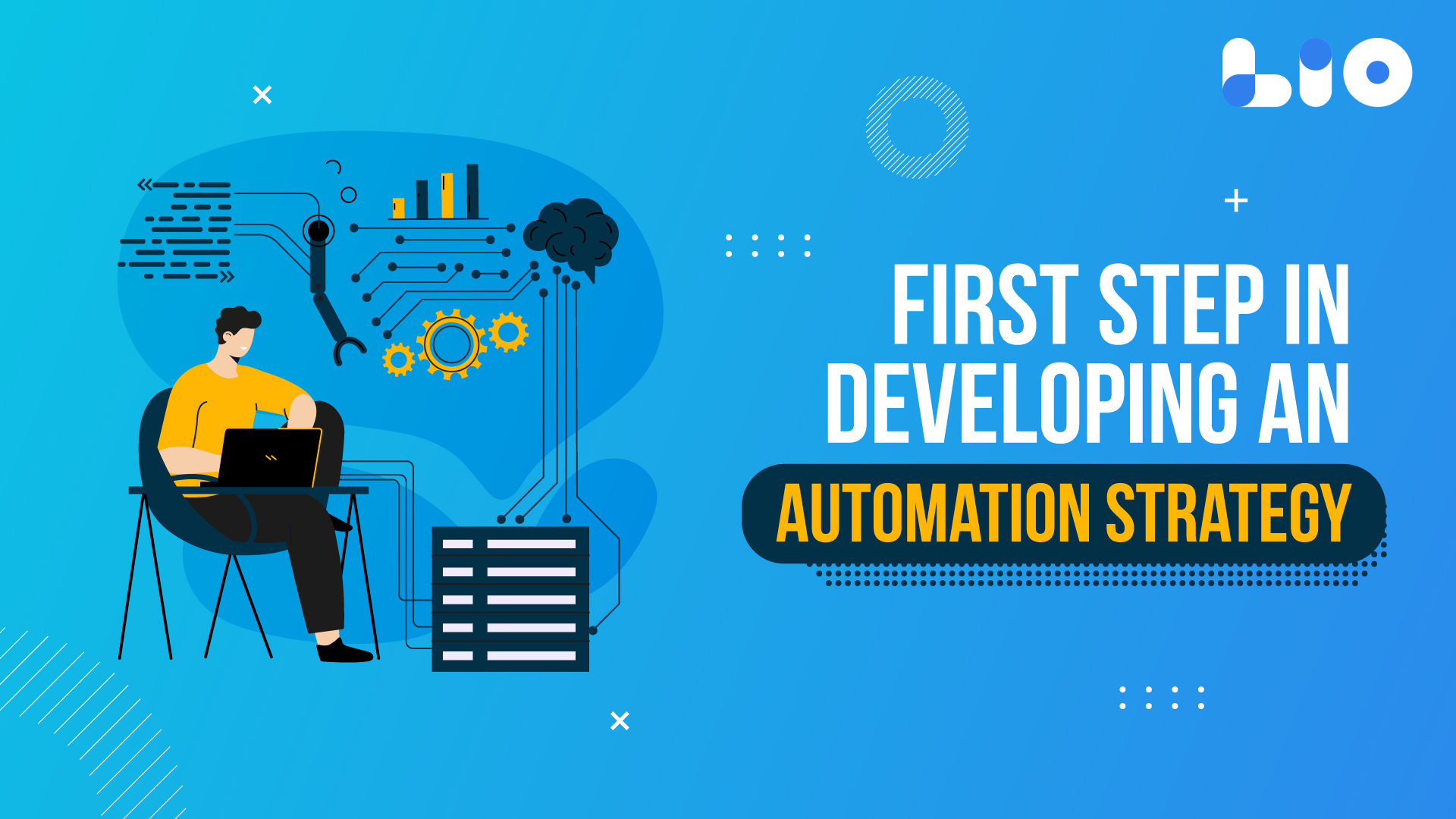
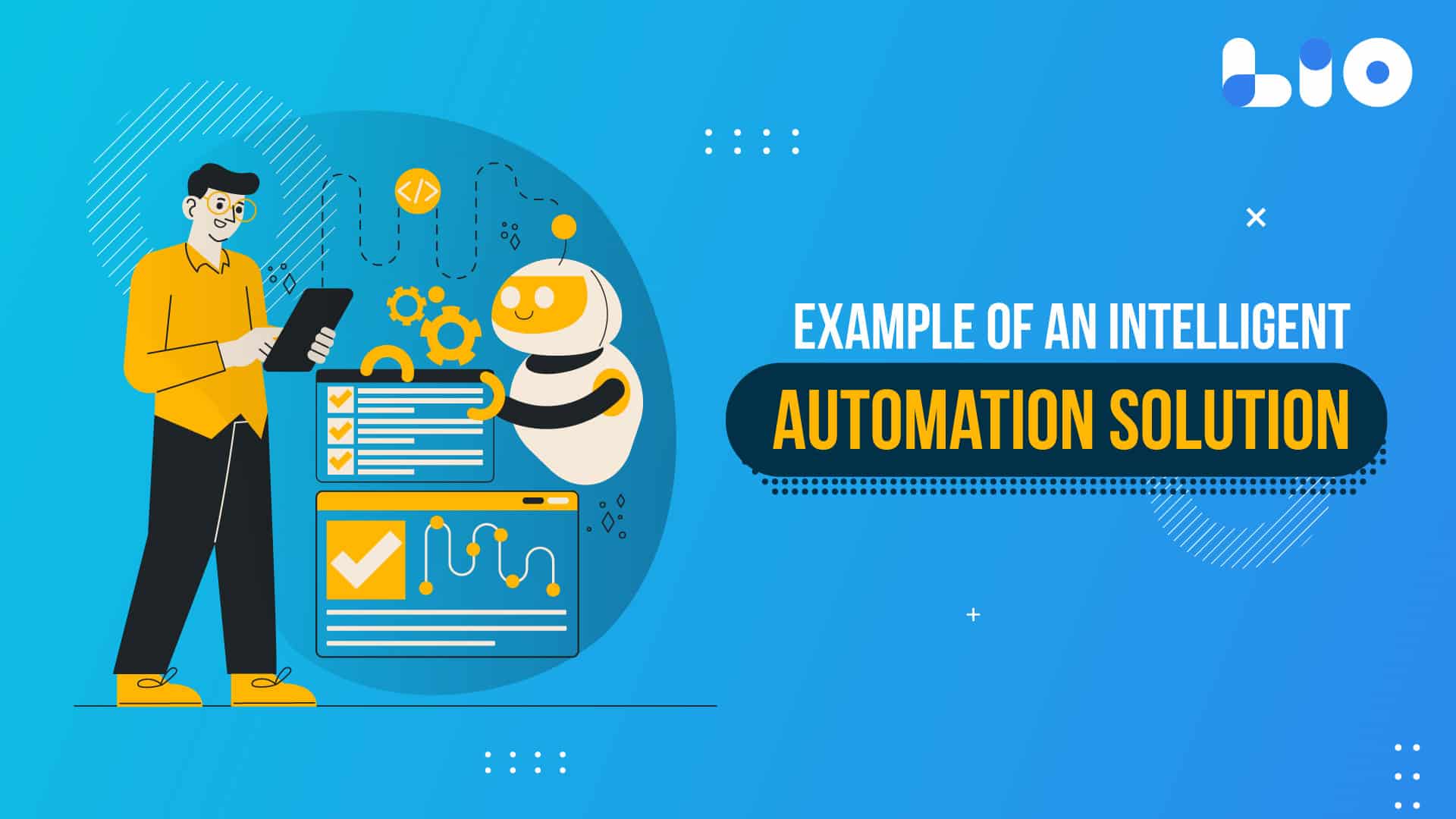
10 Comments
Please clarify the distinction between BPA and RPA for me. Thanks.
Hello Ashima,
Robotic process automation (RPA) is a sort of automation technology where software robots interact and communicate with corporate applications and systems to automate processes and lighten the workload for human Robotic process automation (RPA) is a sort of automation technology where software robots interact and communicate with corporate applications and systems to automate processes and lighten the workload for human workers.
Contrarily, business process automation (BPA) automates from a single central location the time-consuming repeatable operations that are taking place in your organization, such as file transfers, report generation, and data extraction from unstructured sources.
I hope I was clear.
You have literally covered every aspect of business process automation. Really informative! Deepest thanks.
Hello Shyam,
I really appreciate your warm words.
I am delighted that you found this article informative.
Enjoy your reading!
Could you kindly explain what automatic provisioning is? I’m a little lost.
Hello Ujwal,
The capacity to provide information technology or telecommunications services using predetermined automated procedures without requiring human intervention is known as automated provisioning.
I hope you got it.
I really liked how you explained to us the characteristics we should consider while selecting BPA tools. Incredibly instructive.. Thanks a lot.
Hello Ranjan,
Thank you for your kind remarks.
I’m elated that you found this article interesting and informative.
This article is excellent, and I really loved it. Everything has been described in detail. Could you please tell me the difference between automation and digitalization?
Hello Simran,
Thank you so much for your kind words.
The term “automation” refers to the automatic execution of tasks without periodic intervention. Digitalization, on the other hand, is the conversion of analogue information into text, photographs, and voices, among other things.